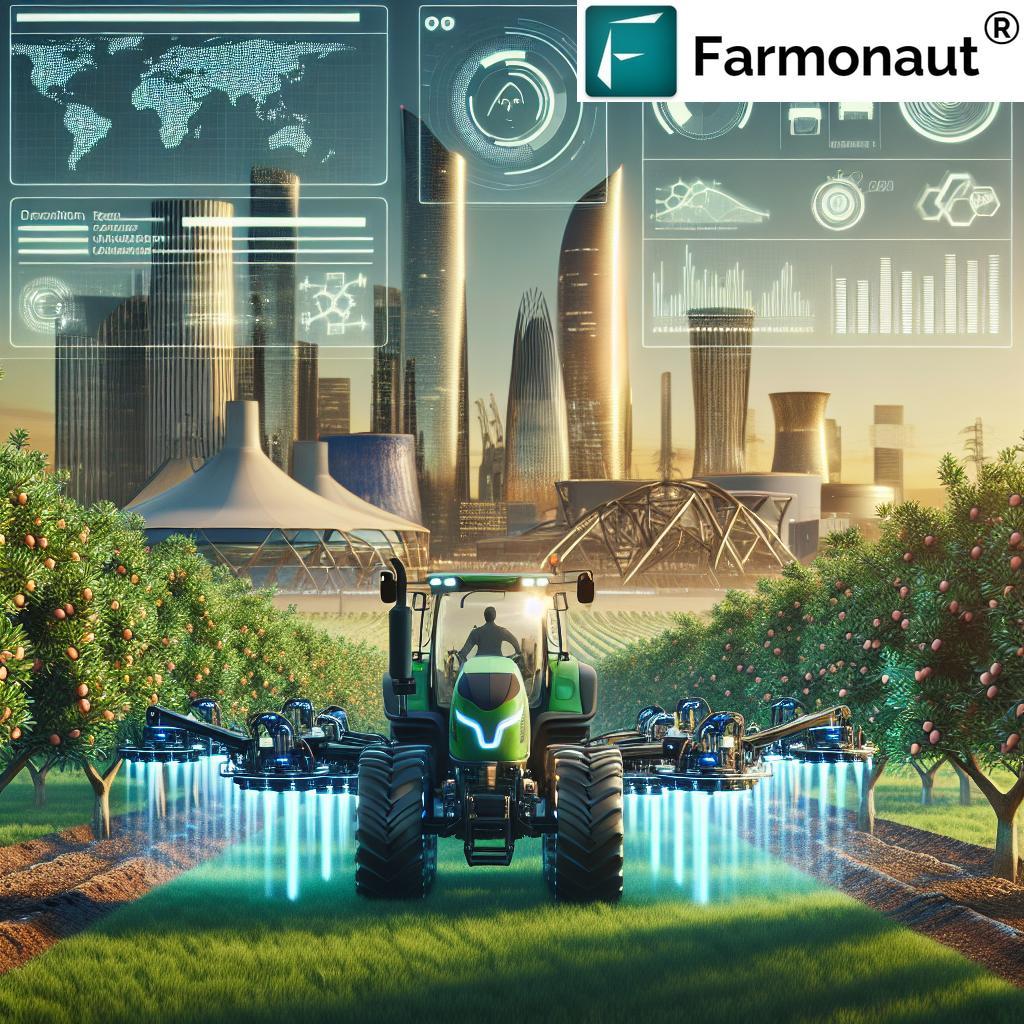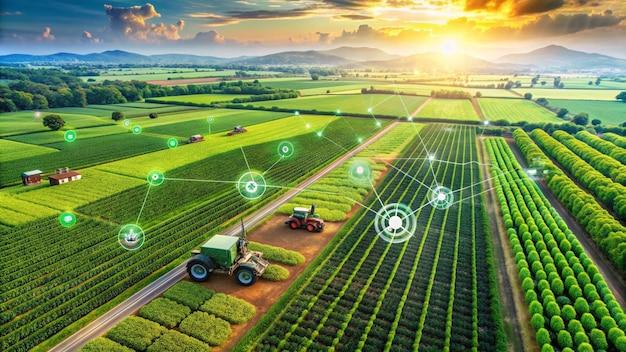The agricultural sector stands at the cusp of a technological conversion as artificial intelligence reshapes traditional farming practices. From autonomous tractors navigating fields with precision to smart sensors monitoring crop health in real-time, modern farms are increasingly becoming data-driven operations. This shift towards automated agriculture promises to address pressing challenges such as labor shortages, resource efficiency, and sustainable food production. As farmers worldwide adopt these emerging technologies, the integration of AI systems is fundamentally changing how food is grown and harvested. Agriculture stands on the brink of a technological transformation as artificial intelligence reshapes traditional farming practices. Smart sensors now monitor soil conditions,providing real-time data on moisture levels,nutrient content,and pH balance. These sophisticated systems enable farmers to make precise decisions about irrigation and fertilization, optimizing resource usage while maximizing crop yields.
Autonomous tractors and harvesting machines navigate fields with unprecedented accuracy, utilizing GPS technology and computer vision to perform tasks that once required manual labor. These machines work tirelessly, operating 24/7 when conditions permit, dramatically reducing the time required for planting and harvesting operations.
Drone technology has become an integral part of modern farming,offering aerial surveillance capabilities that were previously unimaginable.These unmanned aircraft collect multispectral imaging data, identifying crop stress, pest infestations, and disease outbreaks before they become visible to the human eye. This early detection system allows farmers to address problems proactively, possibly saving entire harvests from devastation.
Machine learning algorithms analyze vast amounts of agricultural data, predicting weather patterns and optimal planting times with increasing accuracy. These systems consider historical data, current conditions, and long-term forecasts to provide farmers with actionable insights for crop management decisions.
Robotic systems handle delicate tasks like fruit picking and plant inspection,using advanced sensors and precise mechanical controls to harvest produce without damage. These robots can identify ripe fruits and vegetables, determining optimal picking times based on color, size, and firmness.
Livestock farming benefits from AI-powered monitoring systems that track animal health, behavior, and productivity. Automated feeding systems adjust nutrition levels for individual animals, while thermal cameras and movement sensors detect early signs of illness or distress.
Precision agriculture techniques,enabled by AI,have revolutionized resource management. Variable rate technology adjusts the application of water, fertilizers, and pesticides based on specific field conditions, reducing waste and environmental impact while improving crop quality.
Predictive maintenance systems monitor farm equipment, anticipating potential failures before they occur. This proactive approach minimizes downtime during critical farming operations and extends the lifespan of expensive machinery.
Digital marketplaces powered by AI algorithms connect farmers directly with buyers, optimizing supply chains and reducing food waste. These platforms analyze market trends and consumer demand, helping farmers make informed decisions about crop selection and harvest timing.
The integration of blockchain technology with AI systems ensures clarity in food production, allowing consumers to trace their food from farm to table. This technology also helps farmers maintain detailed records of crop treatments and certifications, streamlining compliance with regulatory requirements.
These technological advancements represent a fundamental shift in agricultural practices, promising increased efficiency, sustainability, and productivity. As AI technology continues to evolve, the farming industry stands to benefit from even more sophisticated tools and solutions, securing its position at the forefront of technological innovation.


